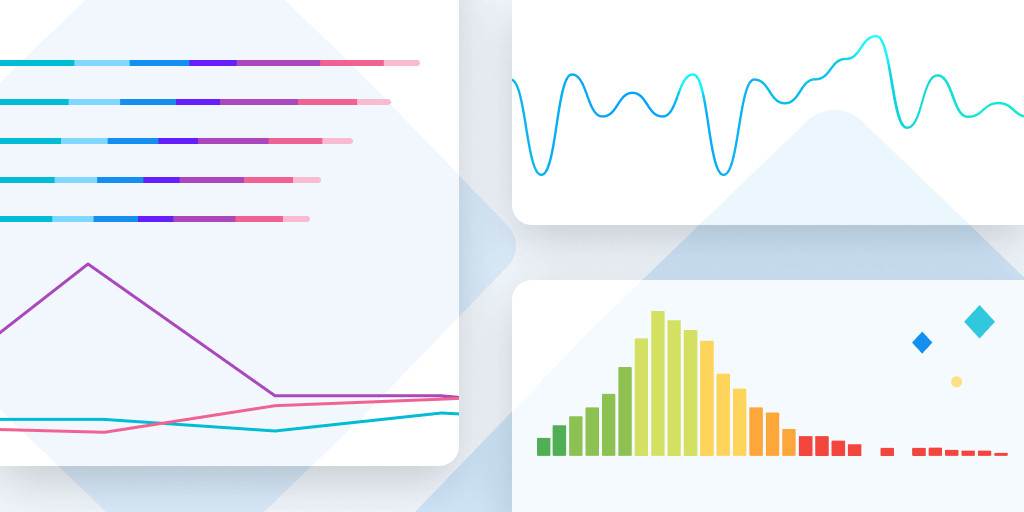Improved automatic Ruby grouping
Posted Mar 21, 2014 | 3 min. (463 words)Raygun frequently receives many small updates under the hood, some of which may go unnoticed but increase the reliability, performance and user experience of the service just that little bit more. We’ve got a sweet CI setup that allows us to deploy early and often, so Raygun is often improved several times on a daily basis. The goal is to polish the service until it is buffed to a mirror sheen, and you can see your reflection in it (you look great btw).
One such update towards a shinier product has just been released – improved automatic Ruby grouping logic. This concerns the part of the system that combines Ruby Exceptions automatically into error groups when they are received. Previously, this was taking a message-based approach which failed when error instance data was present in the message (for example, your message might have a memory address). Additional smarts have been added so exceptions are grouped together based on their actual code path, and not their message.
This fixes duplicated exceptions when the message text differs, or exceptions being combined when their message is the same but they are caused by a different code path.
Get the new Rails grouping
This is applied on a per-app basis, and all new apps created from now and within the last two months will be using the new logic. If you created an app in Raygun before the middle of January, we can update your Ruby or Ruby on Rails app to use the new grouping logic. We do this as there is some disruption when switching to new grouping logic, as older errors are assigned new groups, which removes any status assigned to them, e.g. resolved/ignored, comments etc.
We can therefore switch your apps over manually. Currently to do this you can create a ticket by clicking Feedback within the Raygun web app, and mentioning which app(s) you’d like updated.
There is also updated grouping available for .NET and Java, so if you’re seeing duplicated error reports in these applications, or errors combined into one group when they shouldn’t be, send us a message and we’ll verify that you’re getting the best possible Raygun experience.
Always more to be done
Thank-you to all of the users who have helped with these improvements – either by giving examples of improvements, or testing out some of these improvements recently. Your feedback directly leads to improvements in Raygun for all.
Want amazing Rails automatic error tracking? Get Raygun now
If you’ve got a Ruby on Rails web app and want to get started with Raygun with the new and improved automatic Ruby grouping, you can grab the 14-day free trial here, no credit card needed. If you’ve got any questions, post them in the comments below. Thanks for reading!

